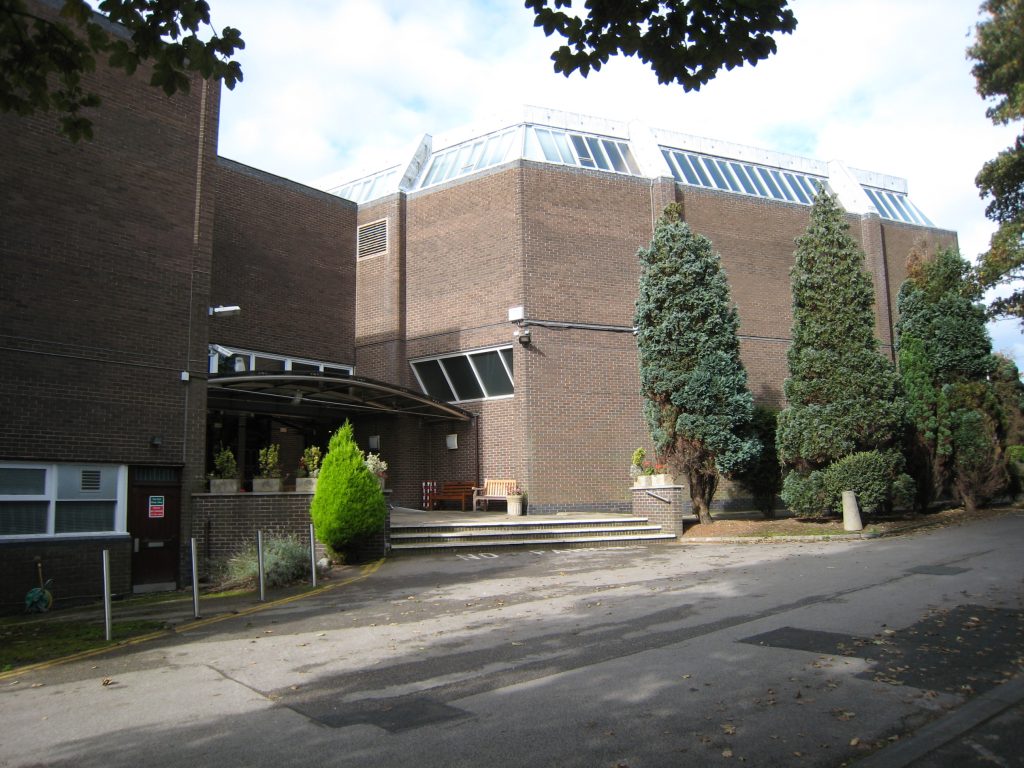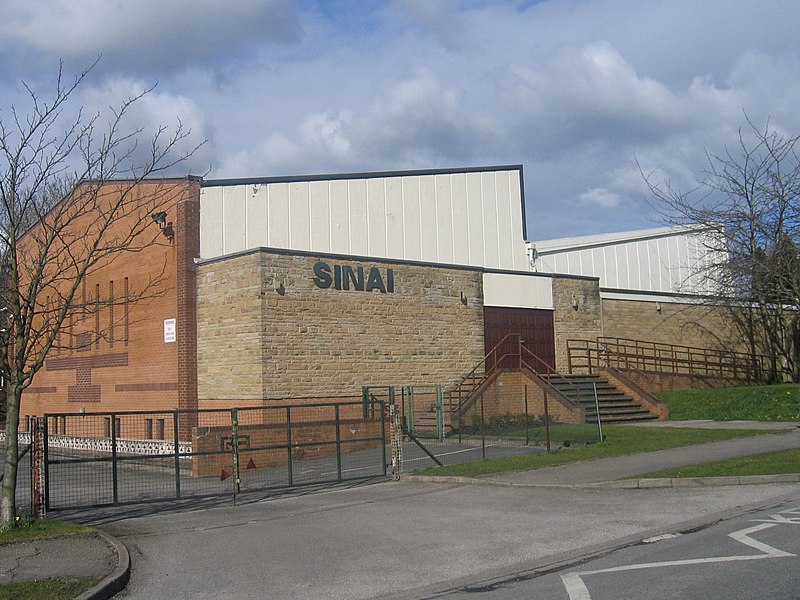In recent years, Leeds, one of the main economic centres in England after London and a place with a rich cultural life, has attracted many families, also thanks to a pleasant lifestyle that is relatively safer than in many cities. A new lease of life embodied by the very active MAZCC community centre. The centre brings different generations together around social and educational services and family and cultural events. With a particular focus on youth programmes, including training for future community leaders.
There are less than 10,000 Jews living in the Yorkshire town of Leeds. They began arriving around 1840 and, in increasing numbers, between 1881 and 1905 as a result of persecution in Russia. The town had a flourishing wool industry and, in 1885, was the scene of the first spontaneous strike by Jewish workers. The inhabitants of the Chapeltown and Leylands quarters have since moved to more spacious districts like Moortown, in the northern part of the city. The area has several synagogues, the most frequented one being the Beit Hamedrash, as well as restaurants, butcher shops, and a few specialized bookstores.

The origins of Marks & Spencer
The Jewish presence in Leeds appears to date from the late 18th century. However, the first synagogue was not built until the mid-19th century and opened in 1860, with Jews using a room for worship before that. About 100 Jewish families lived in Leeds at that time.
Jewish refugees from Eastern Europe settled in Leeds and became largely integrated into the working-class garment industry. Among those who helped develop the industry were Montague Burton and Michael Marks. It was in Leeds in 1884 that the latter, together with Thomas Spencer, founded the famous Marks & Spencer chain.
The third Jewish community of England
In its heyday, the Jewish community numbered 25,000 in the 1920s. By the early 1970s, the city had 18,000 Jews out of a population of just over 500,000. This made it the third largest Jewish community in England, after London and Manchester.

The Leeds Jewish Representative Council, created in 1938, brings together the majority of the city’s synagogues. Among the city’s leading figures were Hyman Morris and J.S. Walsh, former mayors of Leeds, and the academic Shimon Rawidowicz.
In the late 1970s the Jewish population began to decline, reaching 9,000 in the mid-1990s and just over 8,000 in 2001. Reflecting this decline, cashier shops closed in the early 21st century in the Moortown area. Synagogues are trying to regroup in order to continue to function.
Decline of Jewish presence in the region
Nevertheless, the community is making efforts to motivate young people to get involved and keep the institutions running. These efforts, combined with the high cost of living in London, are motivating young people to return. Social and cultural initiatives have been amplified during the Covid crisis.
In 2025, there are between 6,000 and 10,000 Jews living in Leeds. Smaller towns around Leeds where there was also a strong Jewish presence are even more affected proportionally by this decline. The Beth Hamidrash Hagadol synagogue, opened in 1937, is now the largest in Leeds. The United Hebrew Congegration has brought together several older synagogues since 1930. There are also other Jewish streams present through the Reform Sinai Synagogue and the Conservative Leeds Masorti , and the Lubavitch Centre .
There are several Jewish cemeteries in Leeds. These include BHH Cemetery , New Farnley Cemetery , Sinai Section of the Harehills Cemetery and UHC Cemetery .